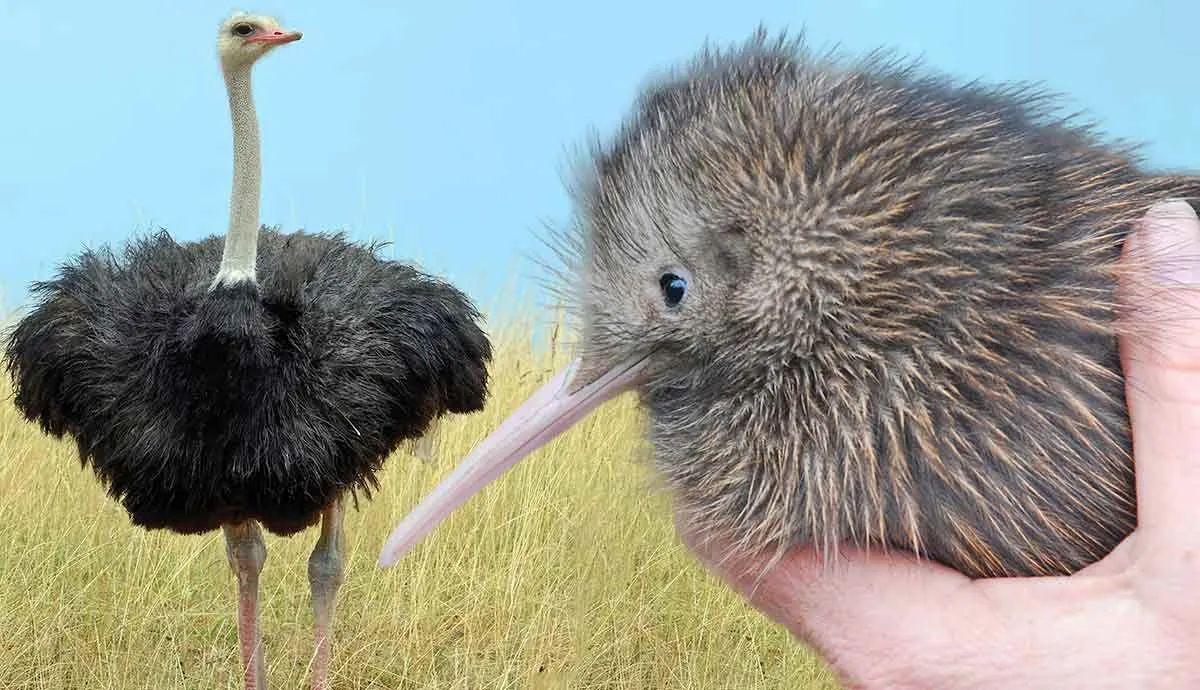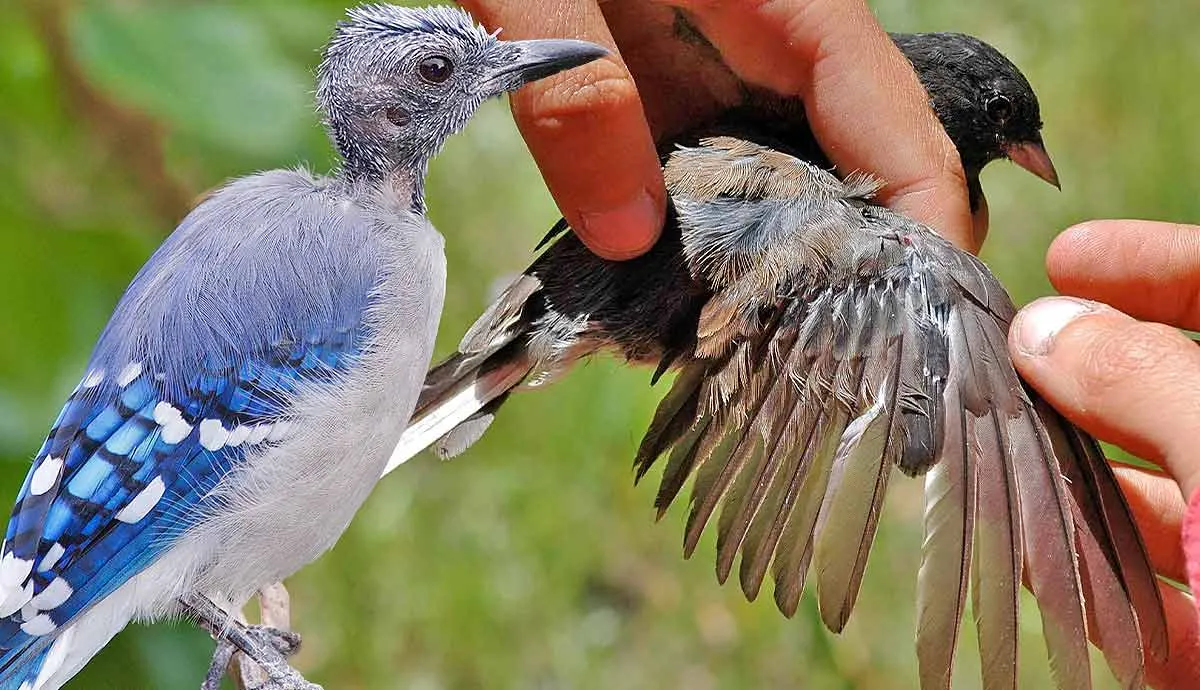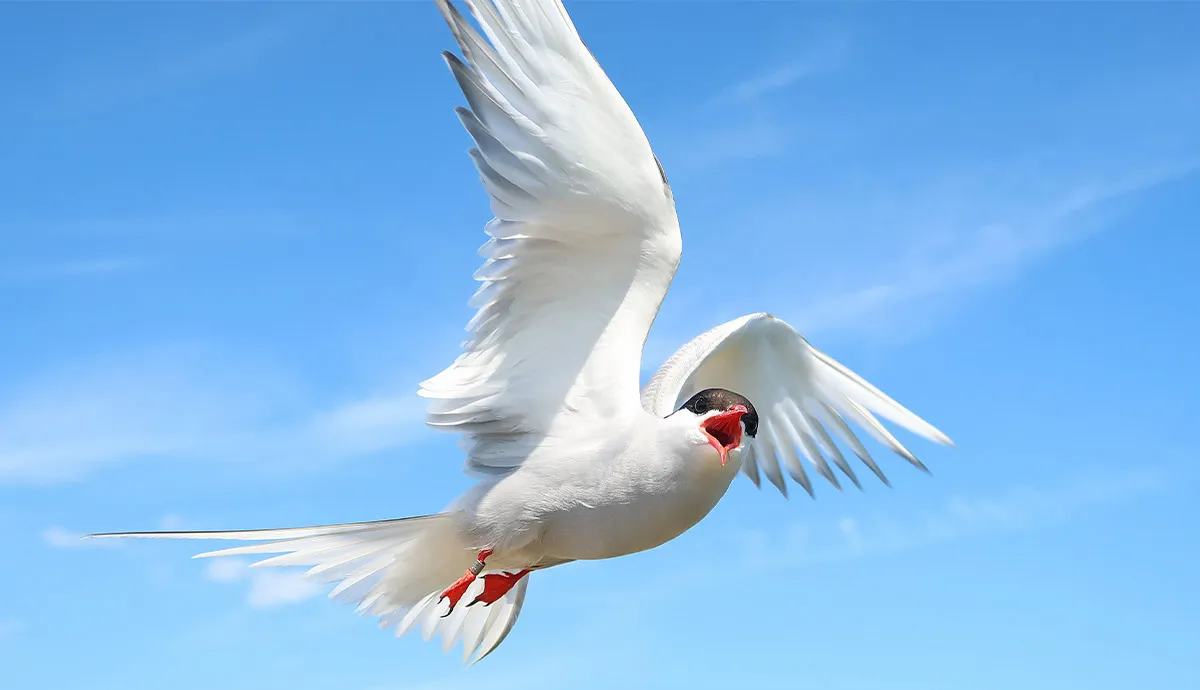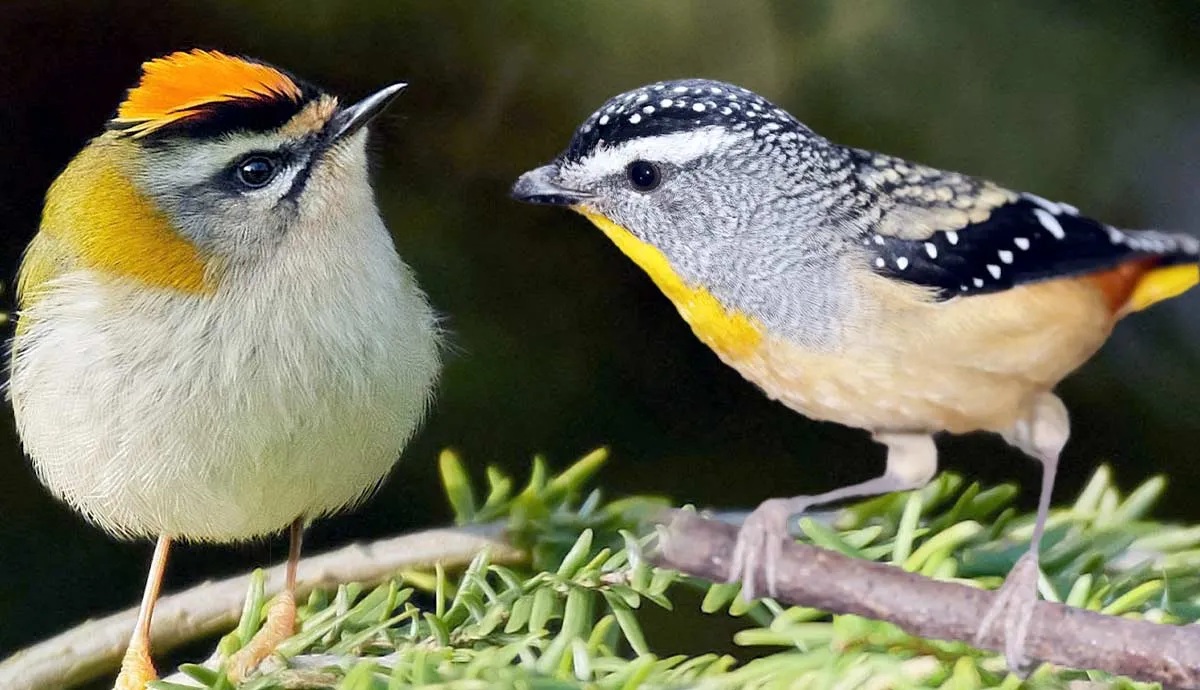The ostrich is a strange-looking bird with a long neck, two massive toes, and bulging eyes. They are the world’s most enormous flightless birds, and they live in the deserts and grasslands of Africa. Ostriches are tasked with raising their young and making it through the seasonal droughts. Their oddities, from their necks to their toes, play a vital part in their survival, whether they need to defend themselves or find food. To better understand the truths and myths about these fascinating birds, we look at 7 ostrich facts.
1. An Ostrich Has a Very Long and Purposeful Neck

An ostrich’s inability to fly makes it vulnerable to predators, despite its large size and immense speed. They rely on their meter-long necks to see lions and wild dogs in thickets and long grass. To help ostriches withstand the intense heat of the desert, their long, featherless necks serve as their very own air conditioner. The large surface area of their necks keeps them cool in hot and dry conditions.
In winter, they can tuck their necks close to their bodies to stay warm. In addition to regulating their body temperature, their necks make it easier to reach prey when searching for food.
2. Their Powerful Toes and Legs Can Injure a Lion

An ostrich’s long legs, with two toes on each foot, are likened to those of a prehistoric raptor. They have one large toe to maintain their weight of approximately 390 lbs and a smaller one to provide stability while standing and walking. Along with the size of their feet, ostriches have two sharp claws, and they can run at speeds of up to 46 mph. They have extremely muscular legs and deliver powerful blows that are strong enough to hurt a lion.
Ostriches will fiercely defend their eggs and are known to attack big cats, such as lions and leopards, by slashing them with their talons.
3. Ostriches Have More Than One Stomach
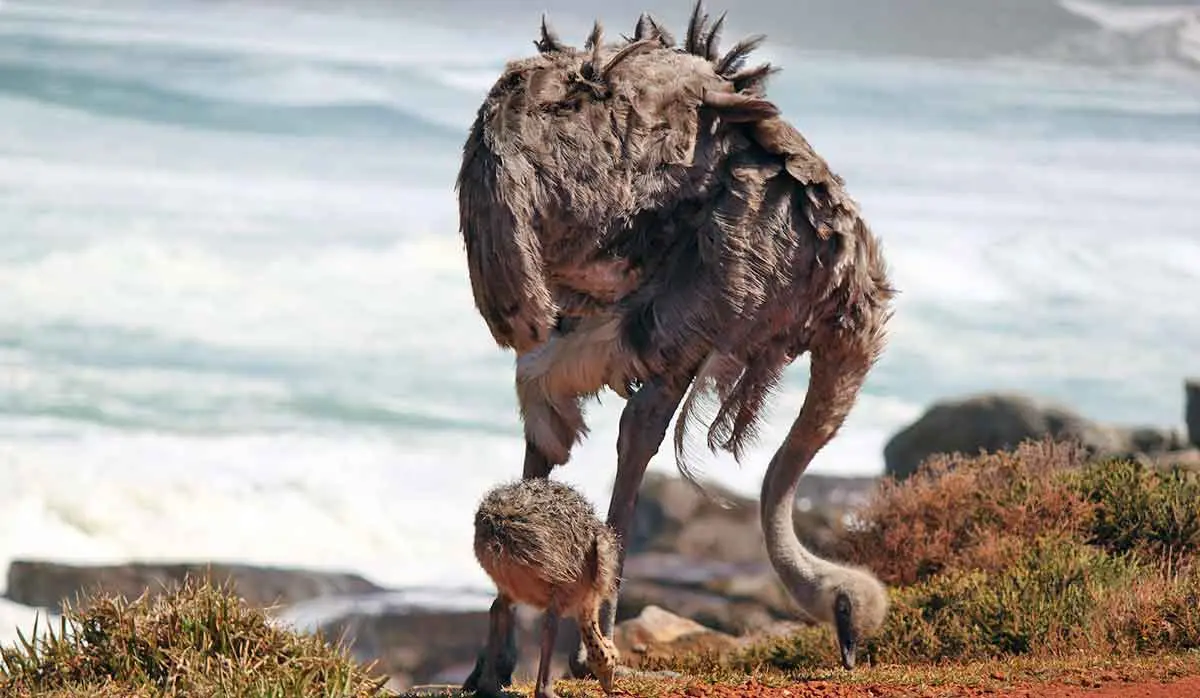
A cow has four stomach compartments, and a camel has three, but an ostrich has three actual stomachs. Ostriches have smooth beaks with no teeth, but they are strong, much like a parrot. Ostriches have a varied diet of plants, reptiles, and even small rodents, but they can’t chew their food and need help with the digestive process. They can’t metabolize what they eat in a single stomach, so the extra abdominal cavities assist in breaking down and digesting food. To aid digestion, these big birds will consume pebbles to mash their food in the gut.
4. Their Eyes are Bigger Than Their Brains
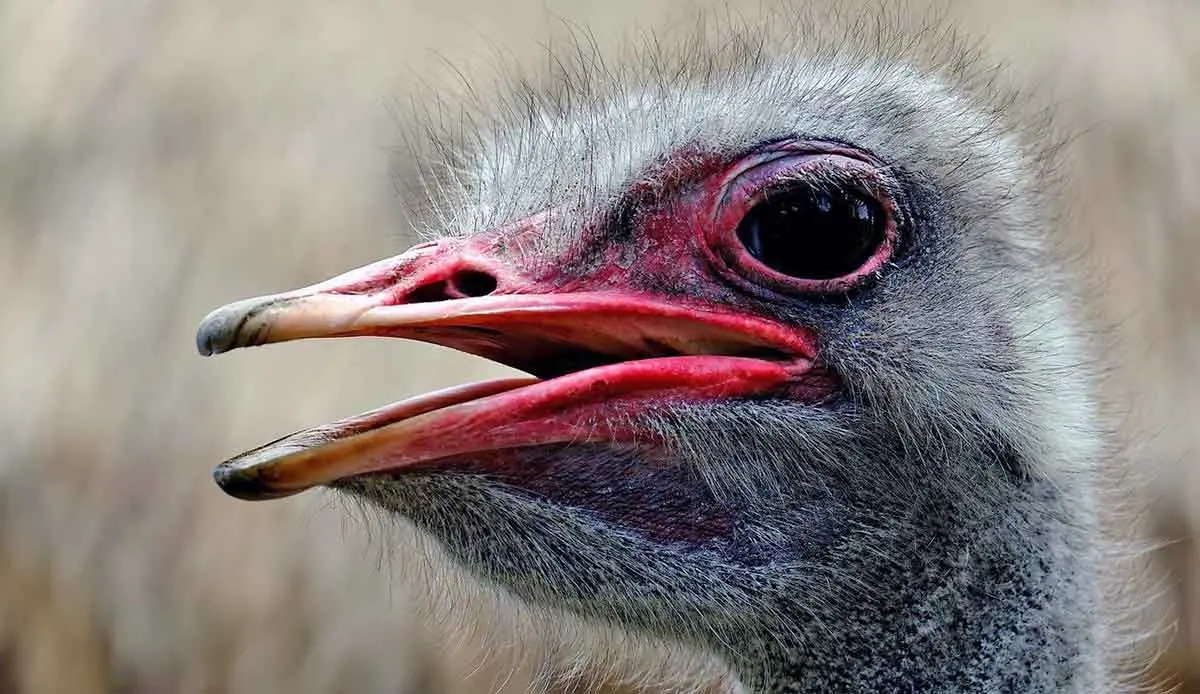
It's true! The size of an ostrich’s brain is smaller than the diameter of its eyes. These birds rely on their impeccable animal sight to find food and spot predators. Their large eyes measure up to 2 inches and take up a lot of space in their skulls, leaving little room for their brains. Because they cannot fly away from a threat, their bulbous eyes can help them see better in poor light at sunset.
Ostriches aren’t considered intelligent birds, but they have unique physical features and behaviors to help them cope in harsh habitats.
5. Ostriches Exhale Little Moisture

The only bird on the planet that produces little to no moisture in its breath when exhaling is the ostrich. This adaptation is an important part of their survival in drought-prone regions because it minimizes dehydration. The lack of water vapor while exhaling prevents moisture loss, which is vital when water is scarce. In humans, we lose 250 to 350 ml of moisture per day when we exhale, while ostriches conserve water. To reduce their body temperature in extreme heat, their long necks and wide nostrils help to cool the air while breathing.
6. Ostriches Lay the Largest Eggs

An ostrich lays giant eggs that weigh an average of 3.5 lbs, but the heaviest eggs can reach 6 lbs of up to 2000 calories. If you compare these massive eggs to those of a chicken, a regular hen’s egg is just 50 grams and about 70 calories. Ostriches lay the biggest eggs in the world. The only animals that come close to laying eggs of similar size are dinosaurs. To lay their heavy eggs, the male will dig a shallow pit that more than one female will use. They don’t build a traditional nest with twigs or grass. Ostriches will lay around 14 eggs per year.
7. Ostriches Don’t Stick Their Heads in the Sand
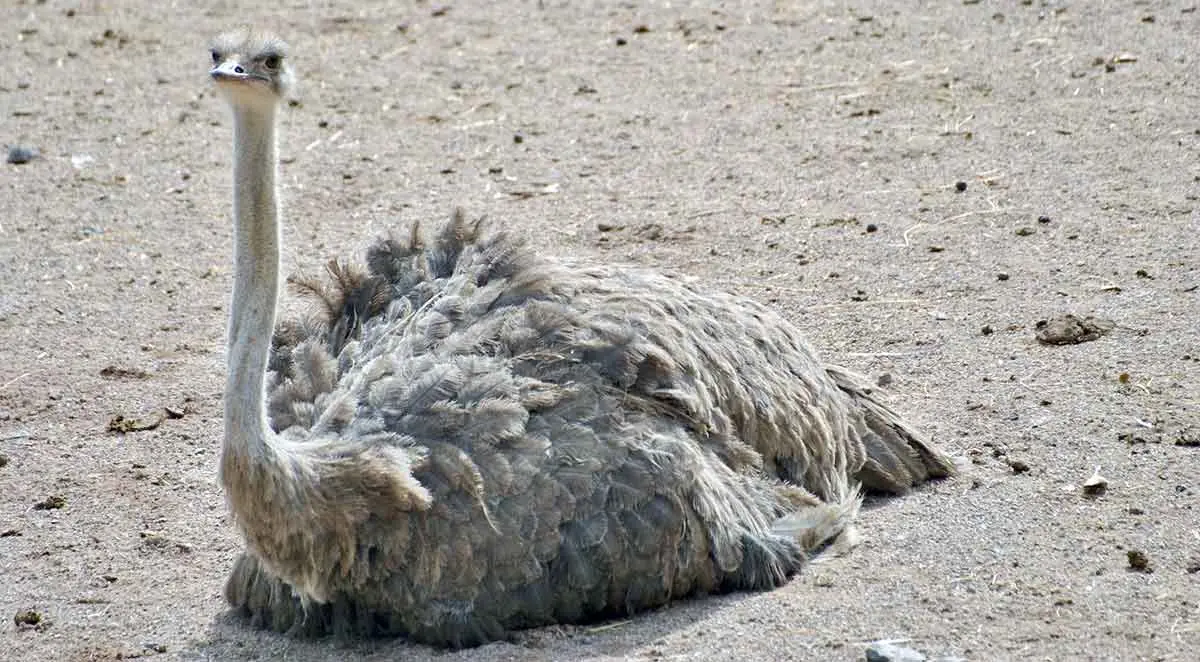
The saying that ostriches place their heads in the sand is a bit of a myth. The phrase comes from their ability to cover their heads, necks, and bodies with sand to cool off in the summer. In addition to covering themselves with sand, they hide from predators by sprawling themselves out on the ground. These large birds will stretch their necks across the surface to get as low as possible. The dappled color of their feathers can help them camouflage in their sandy environment. It is a defense strategy that is primarily used by females while nesting.


